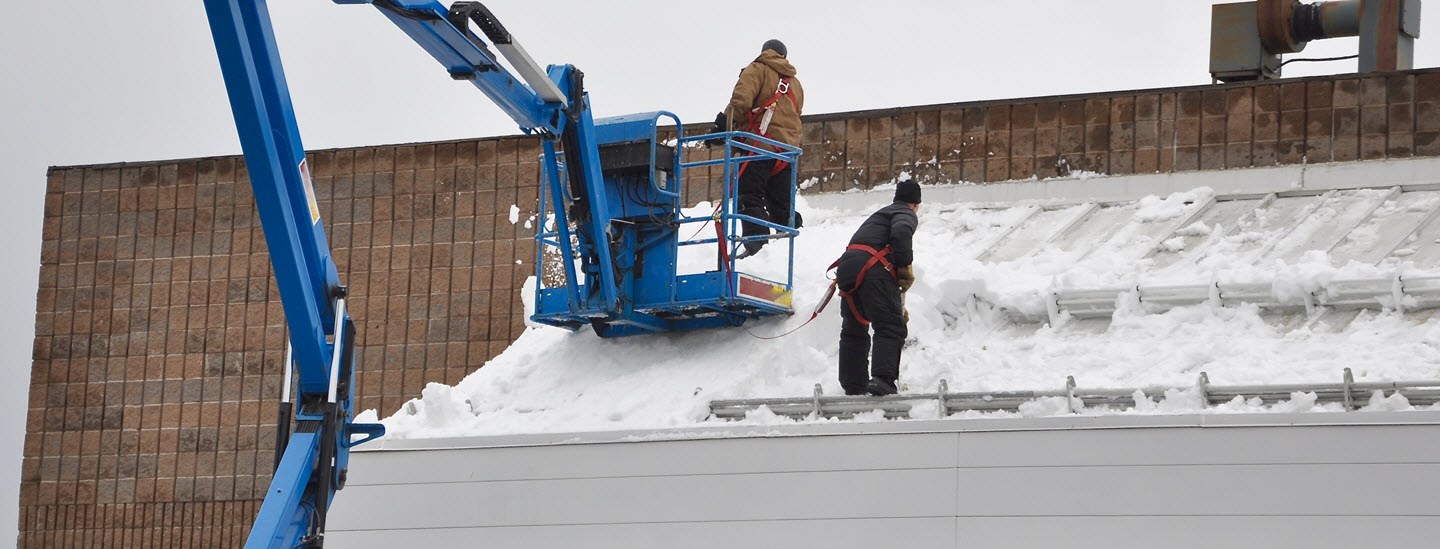Snowstorms and extremely cold temperatures can interrupt your business. Planning for business continuity and storm recovery can help minimize business interruption, mitigate your risk and safeguard your employees' wellbeing.
Gallagher has advice for preparing your business before severe winter weather and recovering afterwards, as well as guidance for filing an insurance claim for damage related to a winter storm.
- Plan for your business's safety before winter
- Recover after severe winter weather
- File a commercial insurance claim
Plan your business's safety before a winter storm
Planning can make a big difference in staying safe during a winter storm and resuming business afterwards. Start by talking to your Gallagher advocate to understand what's covered with your current policy and to make sure you have appropriate coverage.
Emergency response team and business continuity planning for winter storms
Awareness and preparation are key to minimizing your risk during a winter storm or extreme cold. By understanding your vulnerabilities and properly planning, you can reduce the effects on your business. The best protection is to have a solid natural disaster plan in place in case a major winter storm hits.
- Meet with your emergency response team to make sure team members understand the plan and their roles.
- Review, revise and distribute your internal communication plan so employees know what to do and where to go for information during a winter storm.
- Complete the Policy and Claim Reporting Information Directory with information about each related policy.
- Review the winter weather preparedness checklist.
- Store photos and/or videos that document your assets and equipment offsite or online.
- Verify that all contacts on the Emergency Resource List are current.
- Update your Crisis Communications Planning Checklist.
- Review steps for communicating with employees in the Social Media and Disaster Communication Checklist.
- Make sure your business is equipped with items on the Disaster Supply List.
- Be prepared to take essential items from the facility in case you can't access it immediately after the storm.

